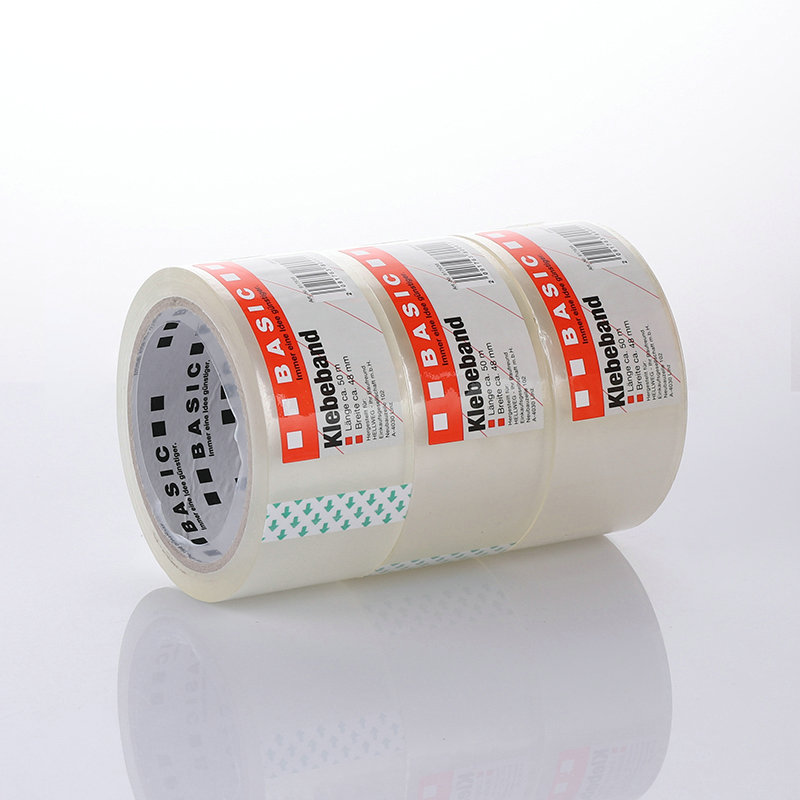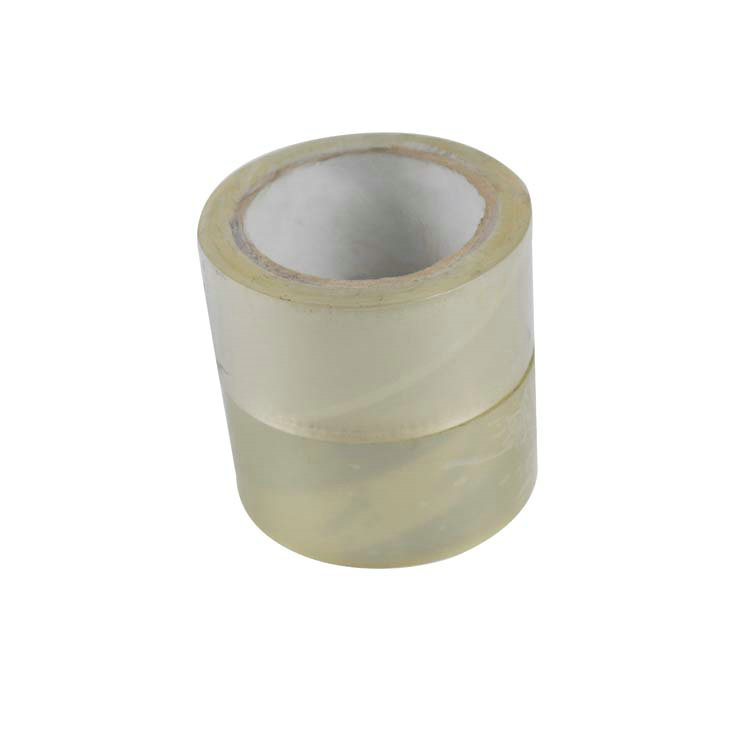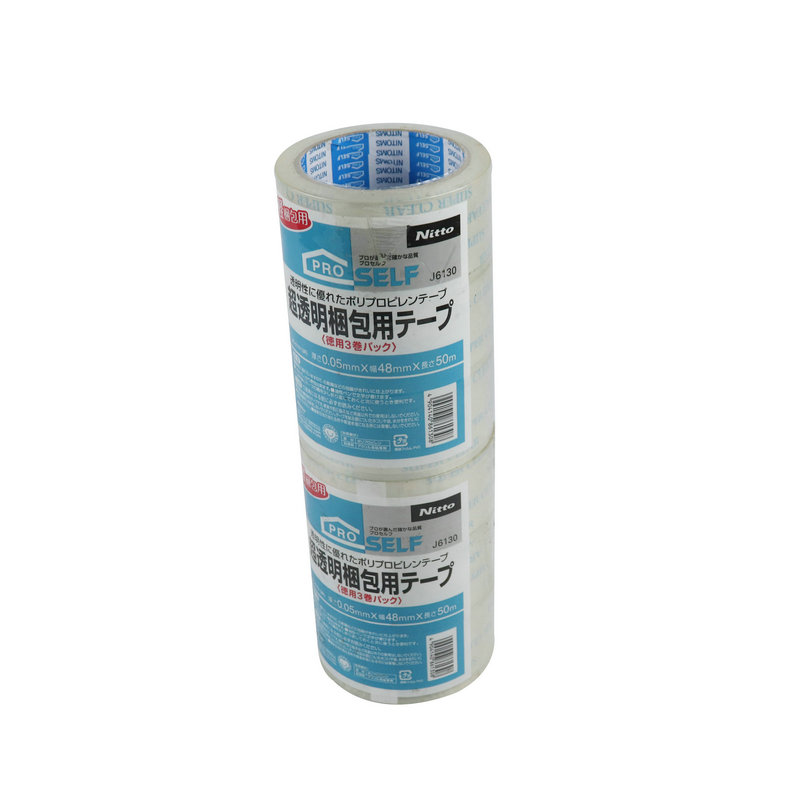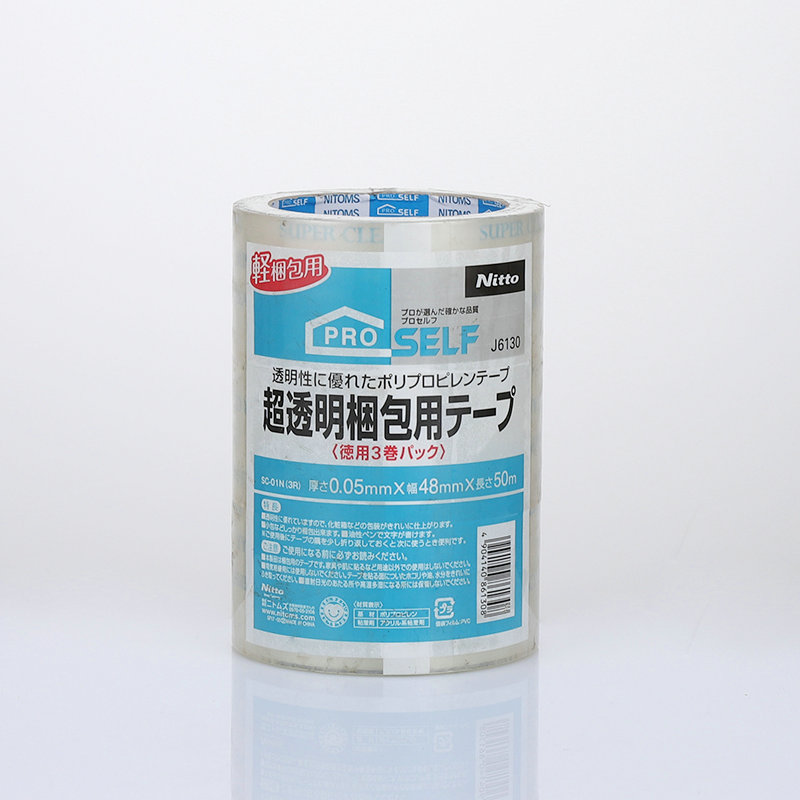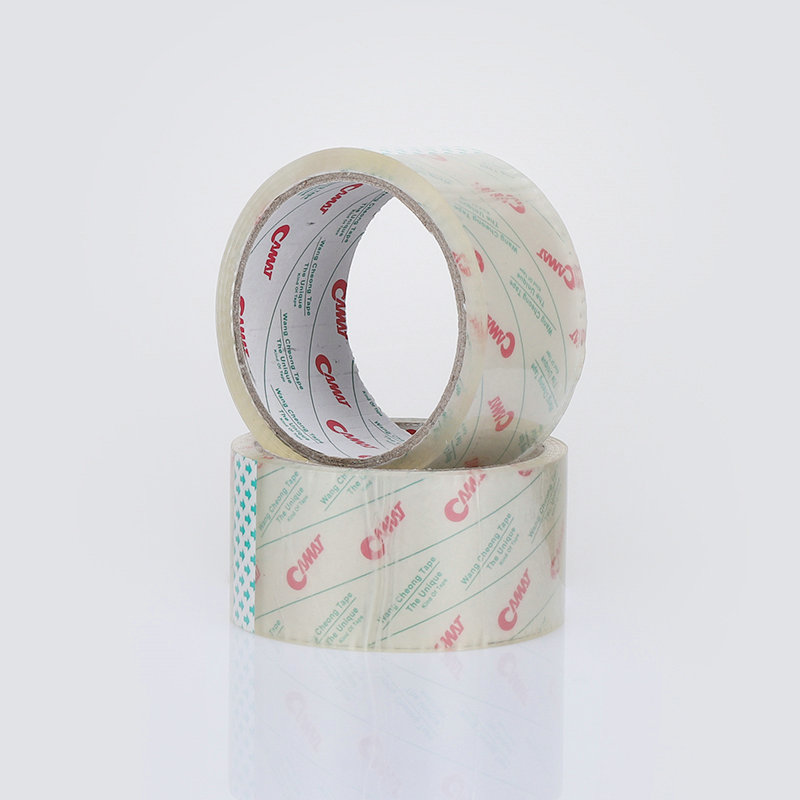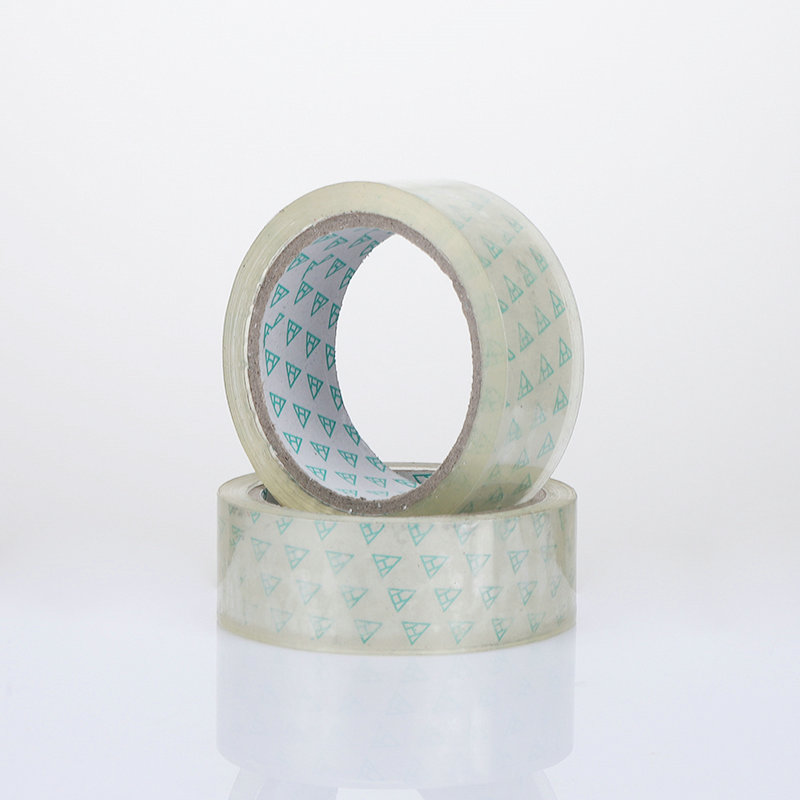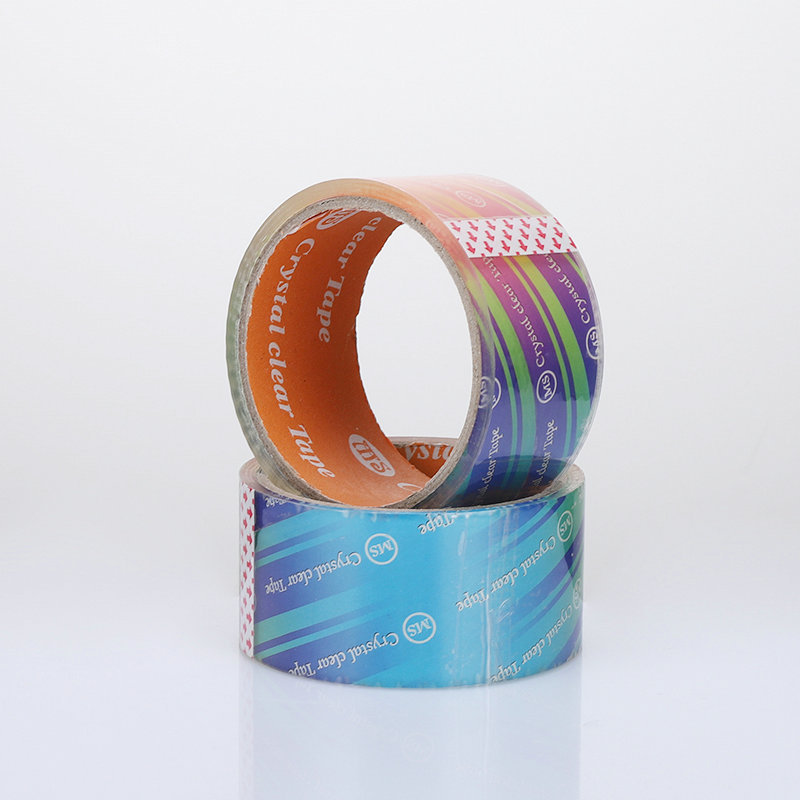specializing in the production of stretch film, adhesive tape, packing tape, etc
1. Self-adhesive: Self-adhesive refers to the adhesion between the wrapping films after contact. This feature can make the packaged items tighten without loosening during the stretch wrapping process and after wrapping. Self-adhesion is affected by various external factors, such as humidity, dust and pollutants, which is also an important indicator to detect its quality.
The good viscosity of the wrapping film makes the packaging film layer and layer outside the goods stick together to make the goods firm. There are two main ways to obtain the viscosity. The following is a detailed analysis for you:
One is to add PIB or its masterbatch to the polymer; the other is to blend VLDPE. PIB is a translucent viscous liquid. Direct addition requires special equipment or equipment modification. Generally, PIB masterbatch is used. There is a process for PIB to move out, which generally takes three days. In addition, it is also affected by temperature. When the temperature is high, the viscosity is strong; when the temperature is low, it is not too sticky, and the viscosity is greatly reduced after stretching.
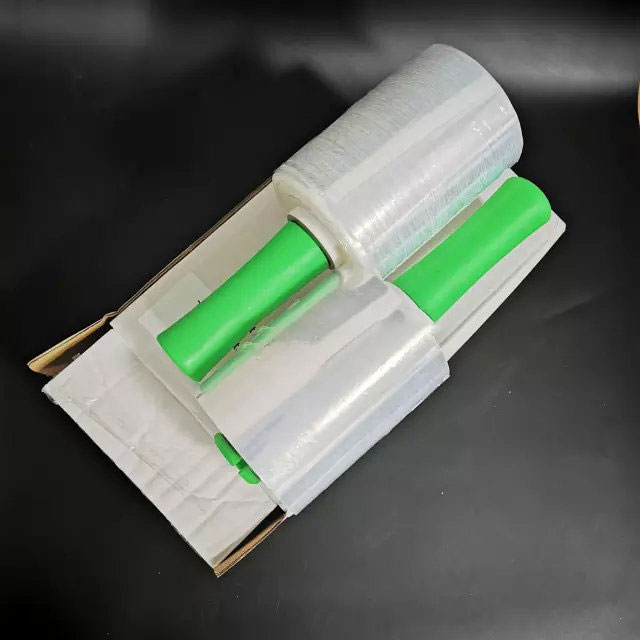
Therefore, the finished stretch film is best stored in a certain temperature range (suggested storage temperature is 15℃~25℃). Blending VLDPE, the viscosity is slightly worse, but there is no special requirement for the equipment, the viscosity is relatively stable and not controlled by time, but it is also affected by temperature. The desired viscosity is achieved by adjusting the amount of LLDPE in the adhesive layer. This method is mostly used in three-layer co-extrusion.
As the density increases, the degree of orientation increases, the flatness is good, the longitudinal elongation increases, and the yield strength increases, but the transverse tear strength, puncture strength and light transmittance all decrease.
2. Stretching: Stretching is the ability of the stretch film to produce elastic elongation after being stretched. If the quality is good, the length will be extended after stretching, and within a certain limit, it will not be broken. This is one of its own characteristics. With such stretch performance, it is possible to better package items.
3. Toughness: Toughness refers to the comprehensive performance of the film against puncture and tear. The critical value of tear resistance must be taken transversely, i.e. perpendicular to the direction of machine operation, because tearing in this direction will loosen the package, and even if a longitudinal tear occurs, the package will remain firm. Therefore, the better the toughness of the stretch film, the better the quality.

 英语
英语 日语
日语 西班牙语
西班牙语 阿拉伯语
阿拉伯语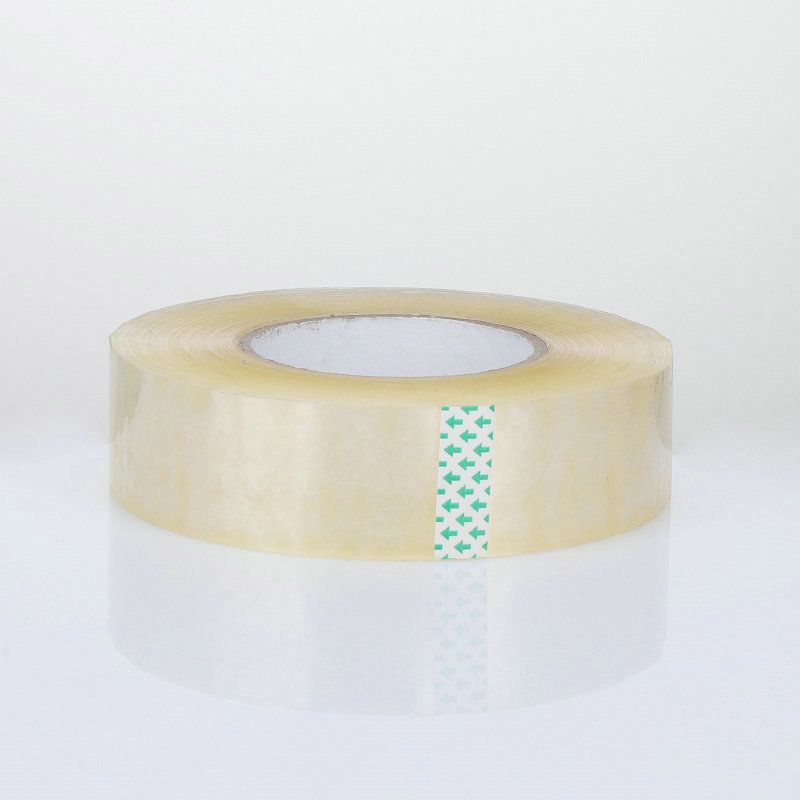
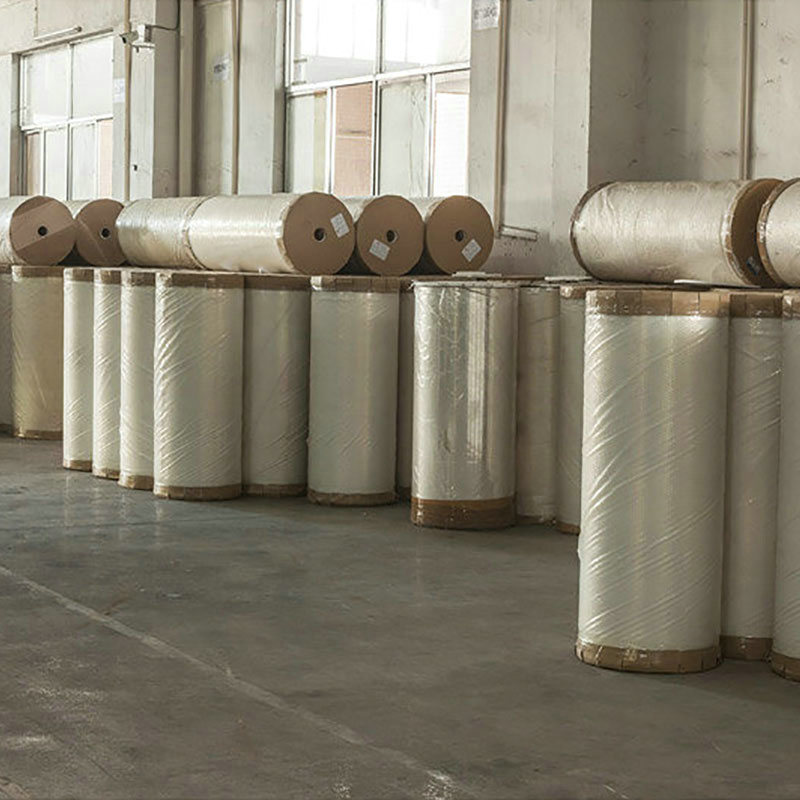
.jpg)
